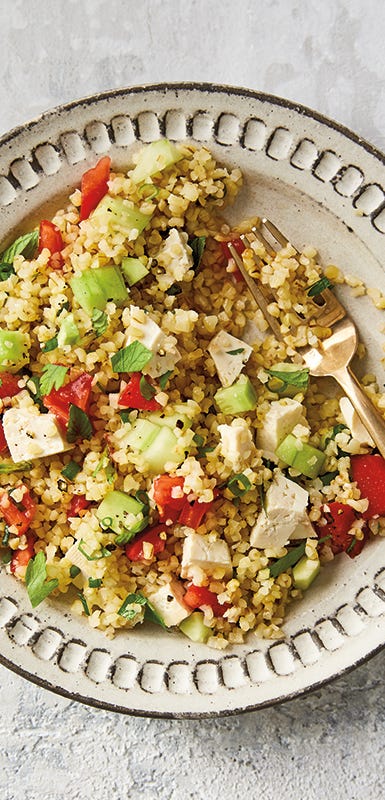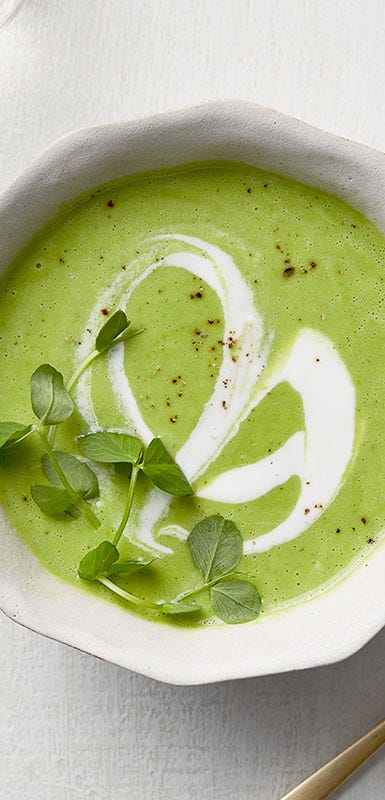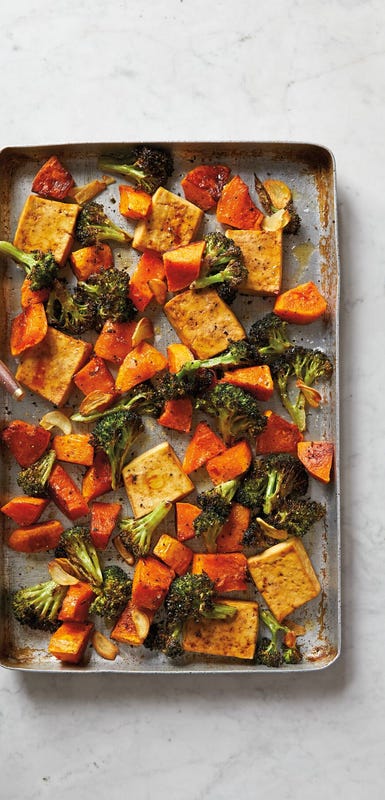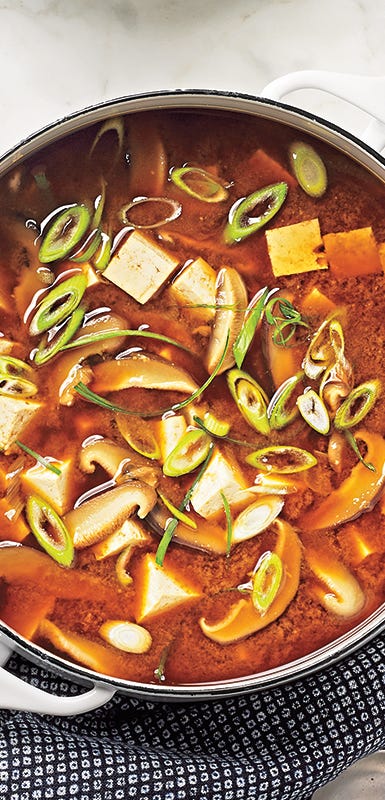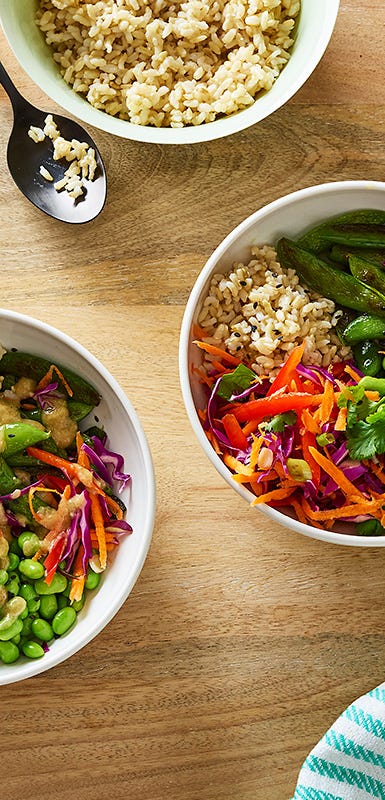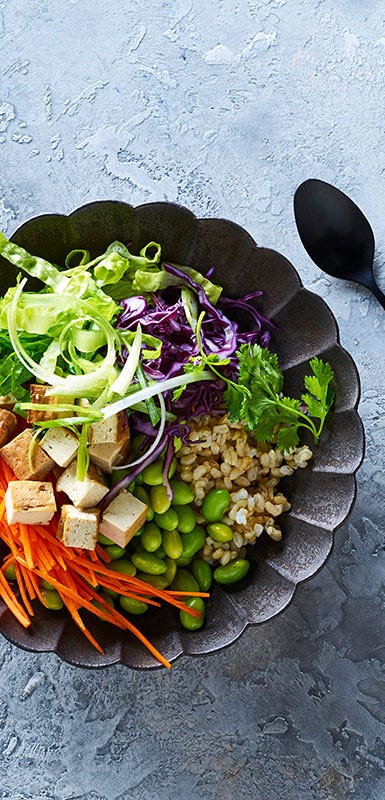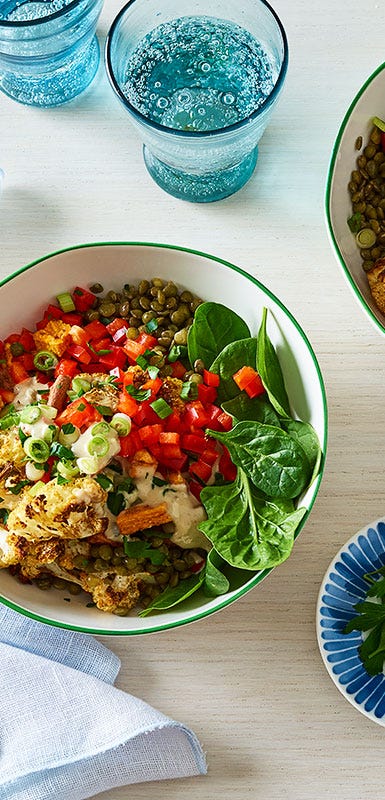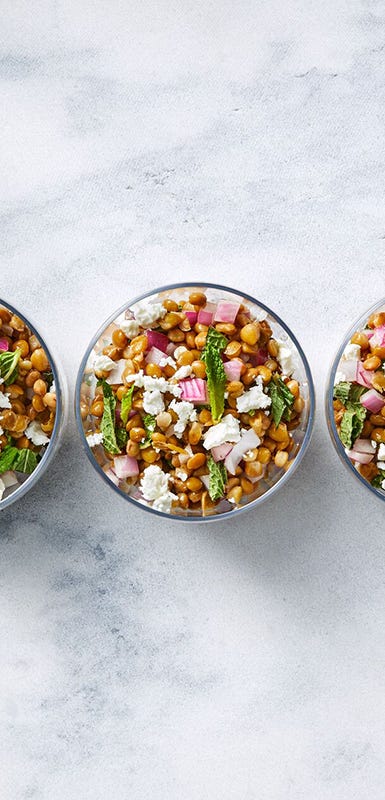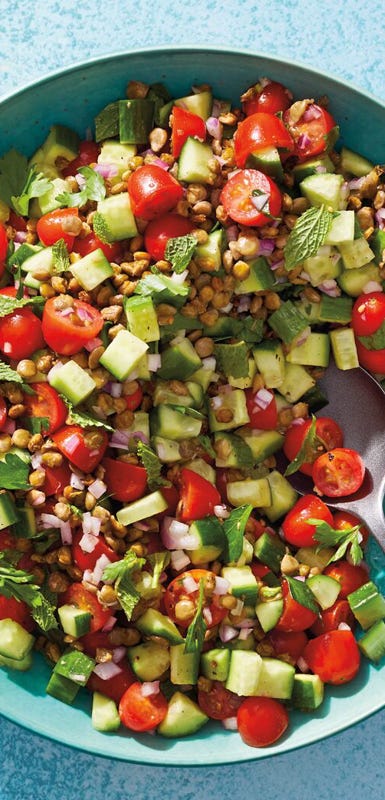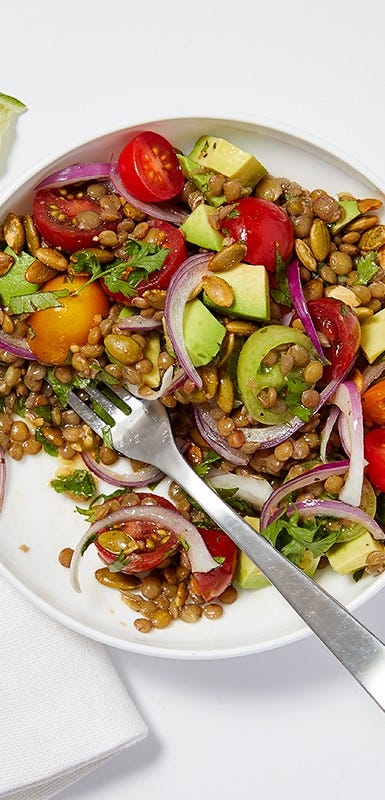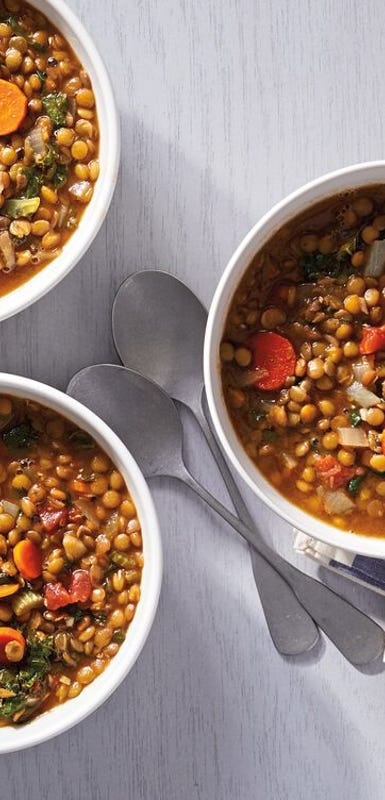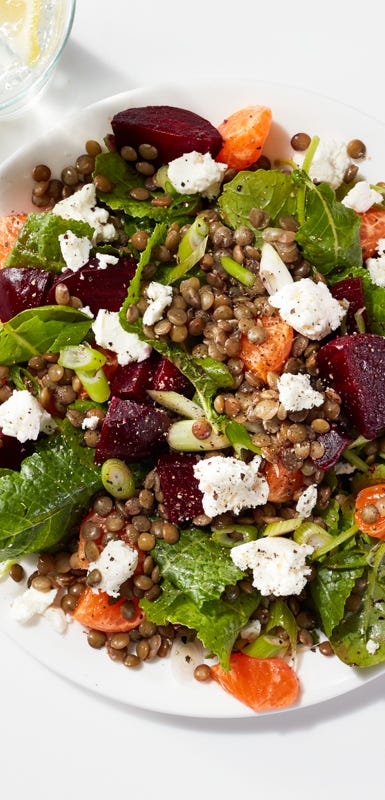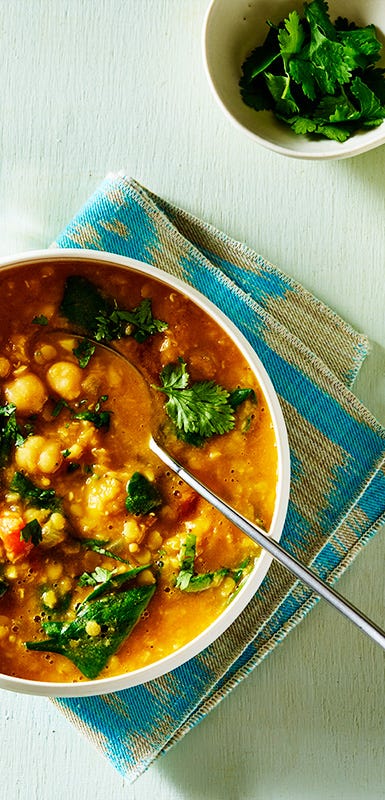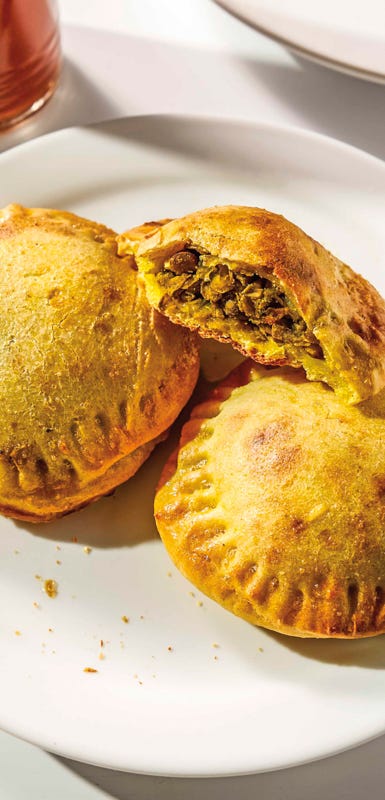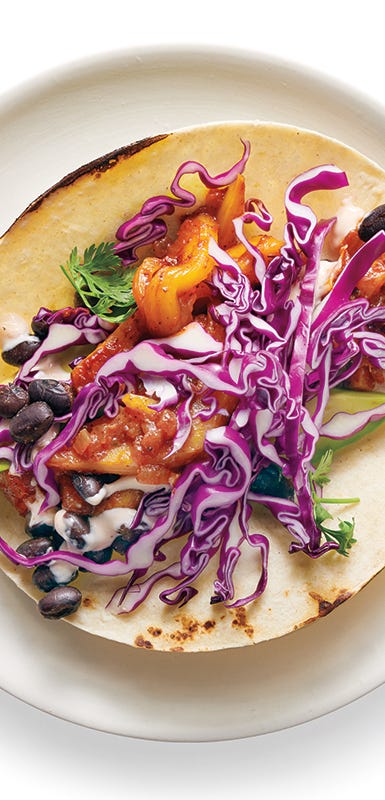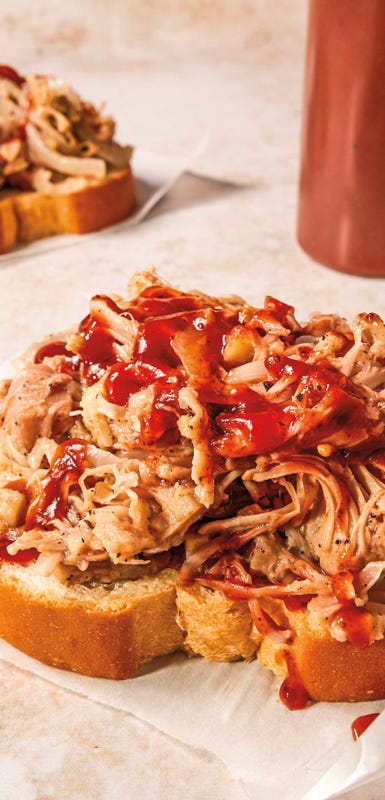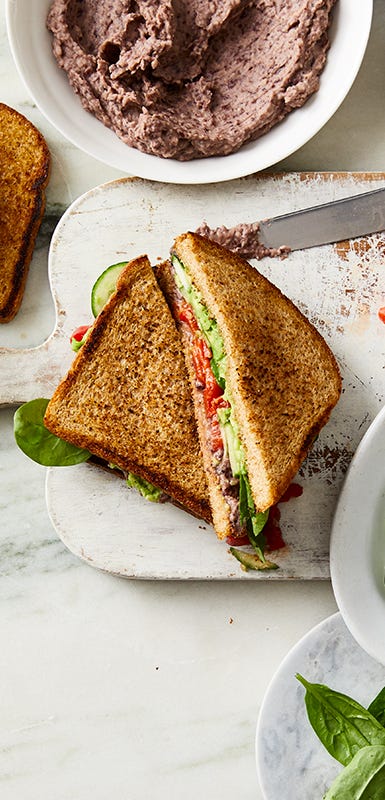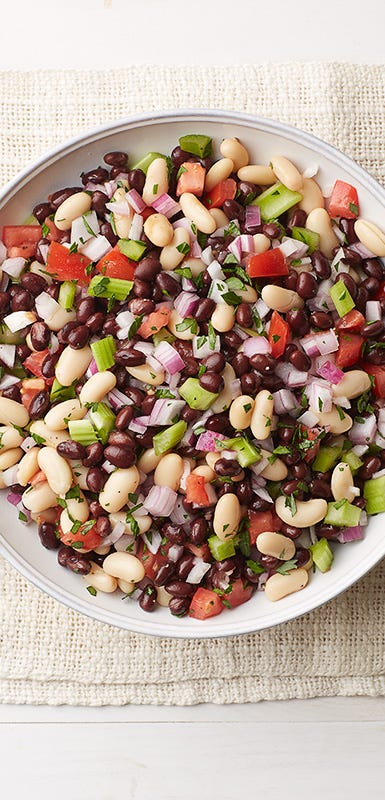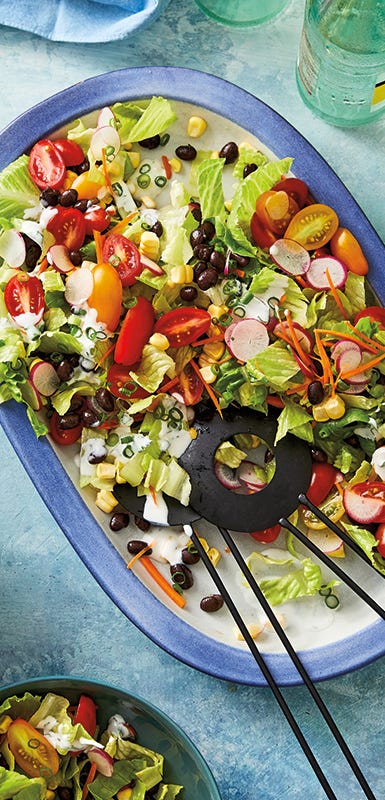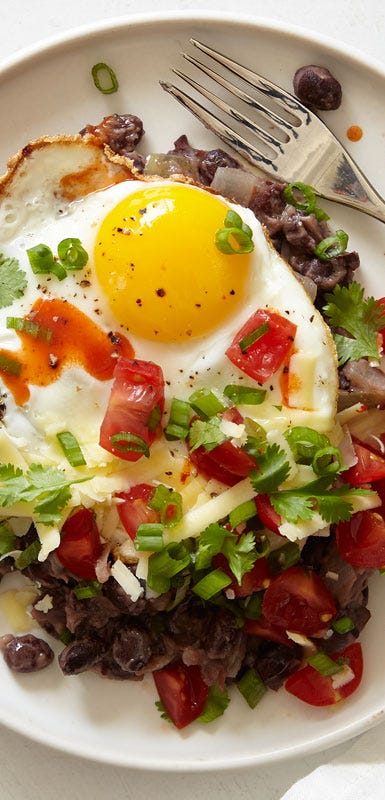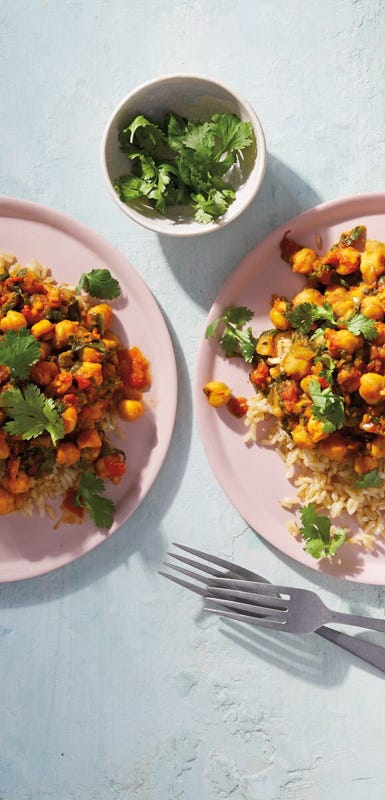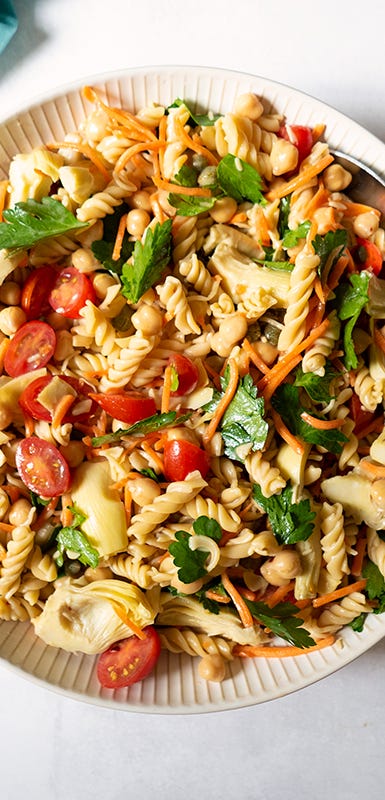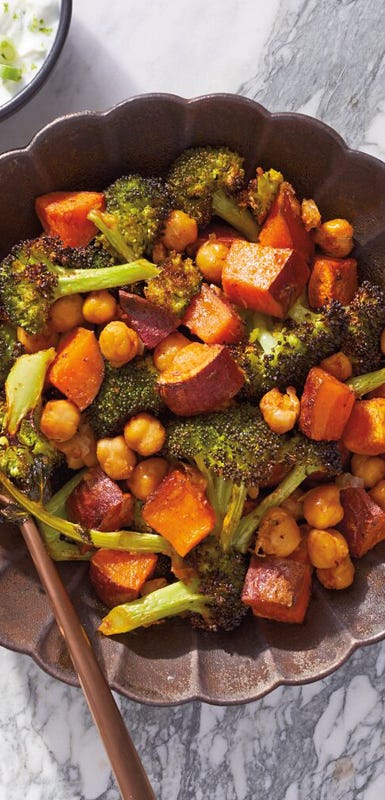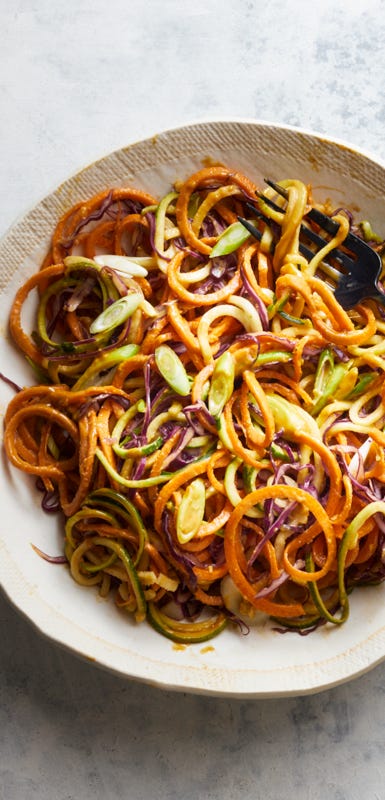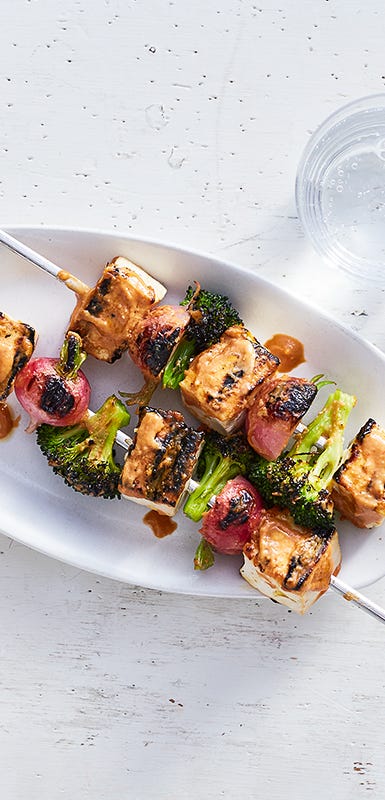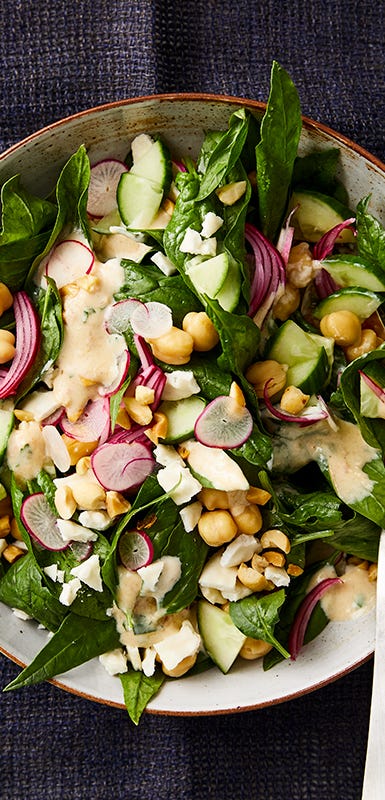The 8 best sources of plant-based protein
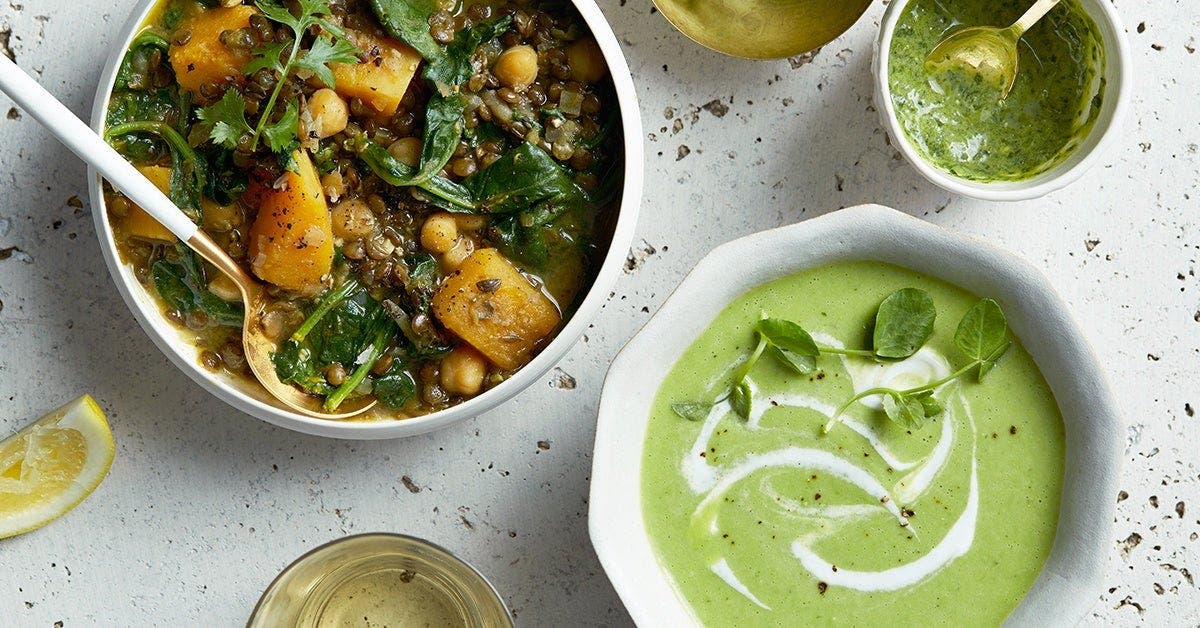
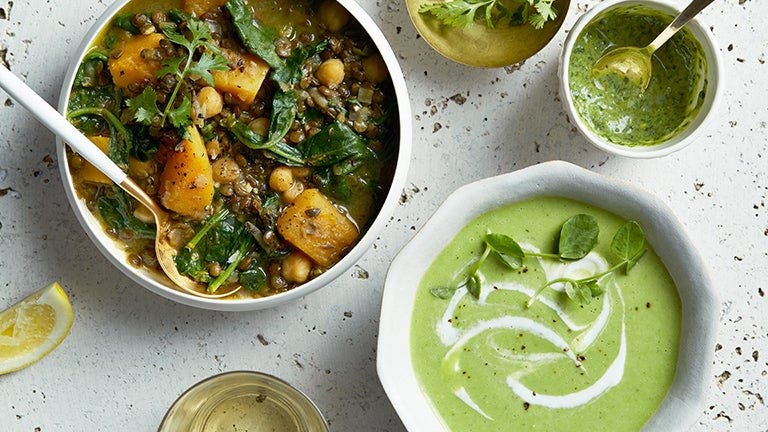
For the past few years, the internet has been buzzing about two dietary trends that may seem at odds: eating more protein and eschewing animal products for a plant-based diet. It turns out, the two can go hand in hand — because there are lots of ways to up your protein intake that don’t involve meat jerky sticks, downing a dozen eggs, or mixing cottage cheese into everything you cook.
It’s true that getting enough protein is important because it serves as building blocks for our bones, muscles, cartilage, skin, and blood. If you're trying to lose weight or maintain your current weight, protein can also help you feel fuller more quickly while you’re eating since it activates gut hormones like GLP-1 that signal satiety. In numerous studies, it’s been shown that people who follow higher-protein plans can better preserve lean muscle mass during weight loss. Most promising of all, people who continue to follow a higher protein plan do better at maintaining their new weight.
To figure out how much protein you need just look in the WeightWatchers app! You’re able to track your protein intake (along with other macronutrients and key nutrients, if you wish) right in the app – and you’re giving you guidelines on how much protein and other nutrients to consume This is an easy way for you to be sure you’re getting the right amounts.
According to the Dietary Guidelines for Americans, most people in the U.S. are getting enough protein — the bigger issue is that too much of it comes from meat sources, which can also be high in calories and saturated fat. Saturated fat is the unhealthy kind of fat that is linked to higher cholesterol and overall high risk of heart disease. Unlike animal-based proteins, most plant-based protein sources have little to no saturated fat and many have other benefits such as fiber, an underconsumed nutrient in the U.S. you won’t find in animal meat. This makes plant-based proteins excellent options.
Read on for protein-rich, plant-based ingredients and recipes recommended by registered dietitian Jaclyn London, MS, RD, CDN.
Tofu
Tofu sometimes gets a bad rap for being bland, but its mild taste actually places it among the most versatile sources of lean, plant-based protein. Tofu stands up to a range of cooking methods and readily takes on the flavor of whatever seasonings you choose. Nutritionally, firm tofu has 10 g of protein per ½ cup serving, is low in saturated fat, and is moderate in the healthy type of fat, grouped as unsaturated fats.
The key to working with tofu is to pick the type for what you’re making. Buy firm or extra-firm tofu for stir-fries, kebabs, and other recipes where you want to slice it into cubes, since firm tofu will keep its shape. Silken tofu, on the other hand, has a soft, custardlike texture that makes it a good swap for mayo or cream in dips, sauces, soups, and deli-style salad recipes.
Edamame
Similar to peas in color, size, and flavor, edamame is just green soybeans. They have a slight snap and mild taste that makes them a satisfying companion for a range of seasonings, and 1 cup of shelled edamame delivers a substantial 18.5 g of protein, along with 8 g of fiber! Edamame is a great soy protein to add to meals (like tossing onto a salad or into a stir-fry) or to eat on their own, like how they’re often served steamed in their pods at sushi restaurants. And while cauliflower “rice” gets a lot of attention, a higher-protein alternative is edamame “rice;” look for premade riced edamame in your supermarket’s freezer case, or make your own by pulsing cooked edamame in a food processor until the pieces are the size of rice grains.
Lentils
Kicking off the list of pulses — the dry, edible seed of beans, lentils, chickpeas and peas—are lentils. As a group, pulses are packed with protein, filled with fiber, and rich in minerals and B vitamins. One cup of cooked lentils has 18 g of protein and about 16 g of fiber. Texture and flavor vary slightly between specific types (brown, green, red and French), but they’re all tasty.
Some lentil fans like to prep a big batch at the start of the week, then add the lentils, hot or cold, to salads, grain bowls, and more in the days that follow. Lentils are a popular swap for ground beef in skillet recipes — their small rounded shapes mimic the texture of crumbled beef. You can also use cooked lentils to thicken soups and stews: Try pureeing 1 cup and stirring it in as a base.
Jackfruit
Grown in tropical climates and regarded as the largest edible fruit in the world, jackfruit can reach up to 110 pounds. That’s why whole versions of this jumbo fig cousin are a relative rarity in U.S. supermarkets. You’re much more likely to find jackfruit in canned form, preserved before its sweet peak of ripeness for use in savory dishes.
Jackfruit doesn’t contain as much protein as the other foods in this guide — 1 cup delivers 3 g of protein — but its unique pull-apart texture makes it a popular substitute for pulled pork in tacos and sandwiches. All the fruit needs is a few minutes of cooking time to absorb whatever flavors you’re using (think barbecue sauce or pork seasoning). In addition to avoiding the saturated fat that’s in pork, you’ll get a bonus of some fiber and moderated to high amounts of potassium, and vitamin C.
Black beans
Fun fact: Beans are considered a vegetable and a protein by the USDA, thanks to their versatility and stellar nutrient density (the same goes for lentils and chickpeas). Not only are beans packed with protein (1 cup of canned black beans has about 15 g), they’re great sources of fiber (with 17 g), as well as being high in folate and a good source of potassium.
There’s no difference in nutrients between canned and dried beans, but canned versions may be high in added sodium. If you’re watching your salt intake, look for canned beans labeled “salt-free,” “low sodium,” or “no salt added,” and always rinse your canned beans before using.
Chickpeas
Part of the legume family, chickpeas have a mild flavor and firm texture that invites home cooks to get creative with seasonings and cooking styles. You might try air-frying or roasting chickpeas for a crunchy snack, or blending them for a creamy hummus, experimenting with spicy or savory add-ins. One cup of chickpeas delivers about 15 g of protein and about 12 g fiber.
You can also use a chickpea product to make plant-based baked goods. The next time you drain a can of chickpeas, save the canning liquid, also known as aquafaba. The liquid can be used as a replacement for egg whites (2 tbsp of aquafaba = one egg white). Try it in these strawberry meringues.
Peanuts and peanut butter
In truth, peanuts are not actually nuts — they’re legumes. That’s good news because it means peanuts are a bit higher in protein than nuts. A 1-oz serving of peanuts contains 7 g of protein, a bit more than almonds, cashews, walnuts, and pistachios, which contain 4-6 g of protein per for the same amount.
If you’ve been a PB&J-lover since childhood, we don’t need to tell you that peanut butter and peanuts are delicious — and for an adult palate, they can also be delicious in sauces, dips, and spreads, and as a crunchy topping. When you’re shopping for peanuts or PB, check the ingredient list to make sure you’re getting peanuts only, or with just a bit of salt. We also like powdered PB for the familiar taste without the sticky, messy cleanup.
The bottom line
Getting enough protein can help you feel full, satisfied, and support a healthy weight — and you can absolutely get enough protein without eating animal products, which can sneak in saturated fat and extra calories. Some of the highest-protein plant-based sources include some you’re likely familiar with and others that may be new to you, including: tofu, edamame, lentils, jackfruit, black beans, chickpeas, peanuts and peanut butter, as well as meat substitutes.
This content is for informational purposes only and does not constitute medical advice, diagnosis or treatment. It should not be regarded as a substitute for guidance from your healthcare provider.

